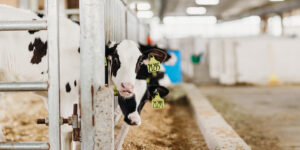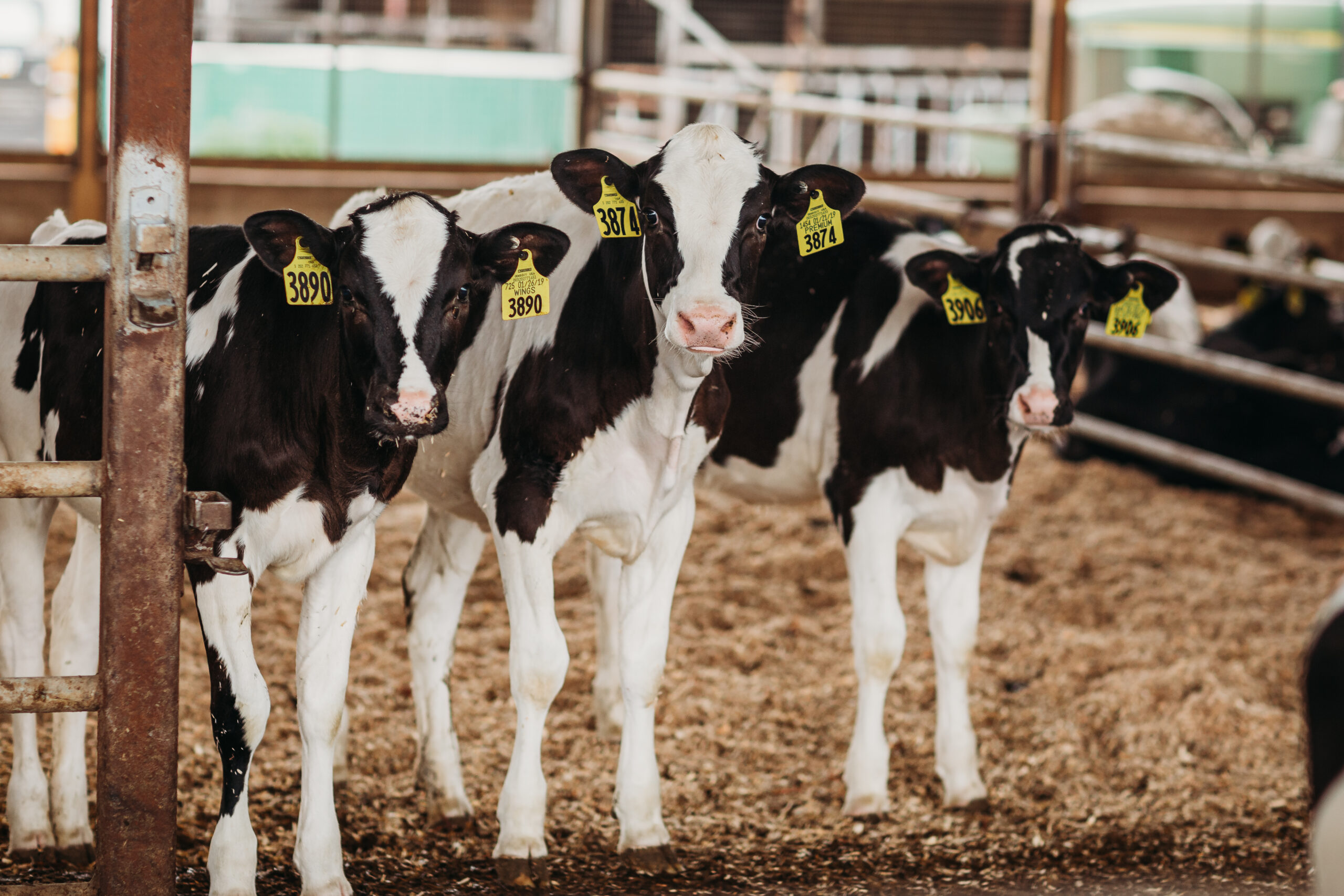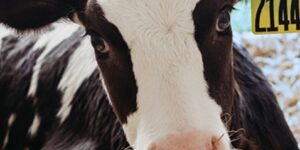What’s actually in the calf milk replacer?
-Theme “raw materials – vegetable proteins”-
In this series about the raw materials used in Denkamilk products, we will explain several aspects in detail. The previous article on the raw materials in calf milk replacers covered different dairy products. This article focuses on vegetable proteins.
Why vegetable protein
The inclusion of vegetable protein sources in calf milk replacers arose at a time when dairy products were expensive. The price of calf milk was under pressure. Proteins from vegetable sources were economically interesting and increasingly available. Vegetable protein is not found naturally in milk. This means a lot of research was carried out at our DenkaFarm Innovation Centre to find the right sources and prerequisites for a successful application.
Research is essential

There are many steps before a new protein source can be used in milk for calves or goats and lambs. It is first extensively tested in the laboratory. We test properties such as solubility and stability. Furthermore, we check for the presence of various anti-nutritional factors (ANF). After that, we do research on the animals. ANFs are substances in plants that protect them, for example, from insect attacks, but they often hurt digestion and the health of the animal. Examples of ANFs are trypsin inhibitors and tannins (bitter substances). We do not want to introduce these types of substances to our young animals whose digestive systems are still very sensitive. That’s why all raw materials are intensively checked for these ANFs before they are used. In this way, we ensure that the vegetable-based raw materials used in our kinds of milk are completely safe.
After the raw material has been approved in the laboratory, we carry out digestibility trials in our research centre. Here we establish the digestibility of the raw material to determine the value of the product. With this information, we can calculate the correct inclusion level of the new protein in the diet and we know if there are any limits to its digestibility.
Wheat gluten
Several vegetable-based raw materials are frequently encountered in calf milk. One of these is a wheat protein or wheat gluten. Wheat protein was originally a by-product of wheat starch extraction and it contains a high proportion of protein, more than 80%. In addition, it is a very safe product because it does not contain ANFs. However, there is one condition when using wheat gluten in calf milk: it should be hydrolysed. Hydrolysis is a process in which the proteins are enzymatically cut into smaller pieces, so somewhat pre-digested. If this step is not applied to wheat gluten then the raw material is poorly soluble which of course is not practical for a calf milk replacer. Figure 1 shows the difference in solubility with or without hydrolysis.
Soya protein concentrate
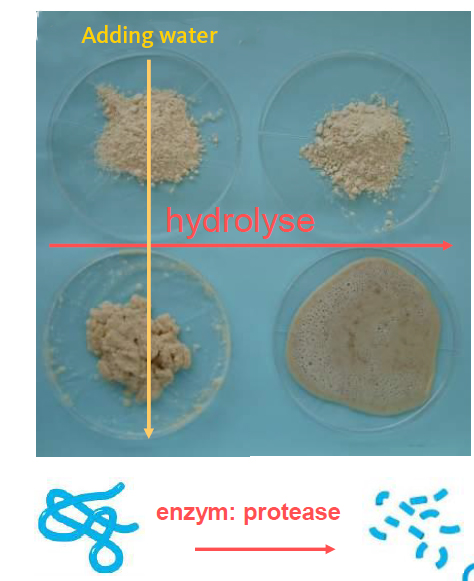
Another common vegetable protein source in milk for calves and lambs is soya protein concentrate or SPC. Soya protein concentrate is a by-product of the soyabean oil industry. There is a lot of difference in quality within the group of SPCs and selecting the right source is essential. Several ANFs are naturally occurring in soya, but luckily using processing these can be made harmless so that the soya protein can be utilised by the calf or lamb. Our laboratory tests every consignment of SPC as it is delivered for the presence of these ANFs to ensure that we only use the correct quality. SPC also has clear benefits because animals find its taste pleasant and the profile of the essential amino acids is reasonably similar to that of dairy protein, which makes the biological value of the protein high for ruminants.
Pea protein
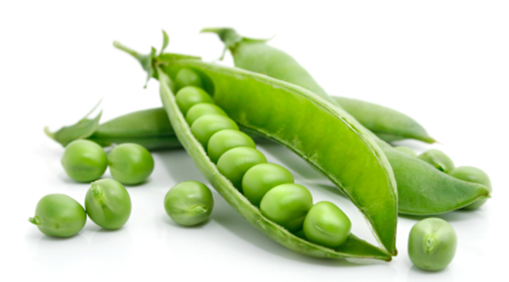 Pea protein is also a vegetable protein source that we process into several products. We use material from a special sort of pea. The pea is processed so it’s readily soluble, no longer contains ANFs and is easily digested by the animal. The biggest advantage of pea protein is its flavour. Kid goats in particular find it very tasty.
Pea protein is also a vegetable protein source that we process into several products. We use material from a special sort of pea. The pea is processed so it’s readily soluble, no longer contains ANFs and is easily digested by the animal. The biggest advantage of pea protein is its flavour. Kid goats in particular find it very tasty.
Quality makes the difference
Whereas the previous article stated that there are many types and qualities of dairy raw materials, the world of vegetable raw materials is probably even larger. In addition to wheat, soya and peas, there are many more possible vegetable protein sources. Not all sources are used, but they will play an important role in the future. However, remember that the quality requirements and preconditions that must be made for these raw materials to be correctly applied are more crucial than for dairy proteins. Nevertheless, vegetable protein sources play an important role in the protein component of milk replacers for young animals and offer an opportunity to optimally utilise by-products from other industries.
Do you have any questions after reading this article? Denkavit specialists are always available. Complete the form and we will contact you.



